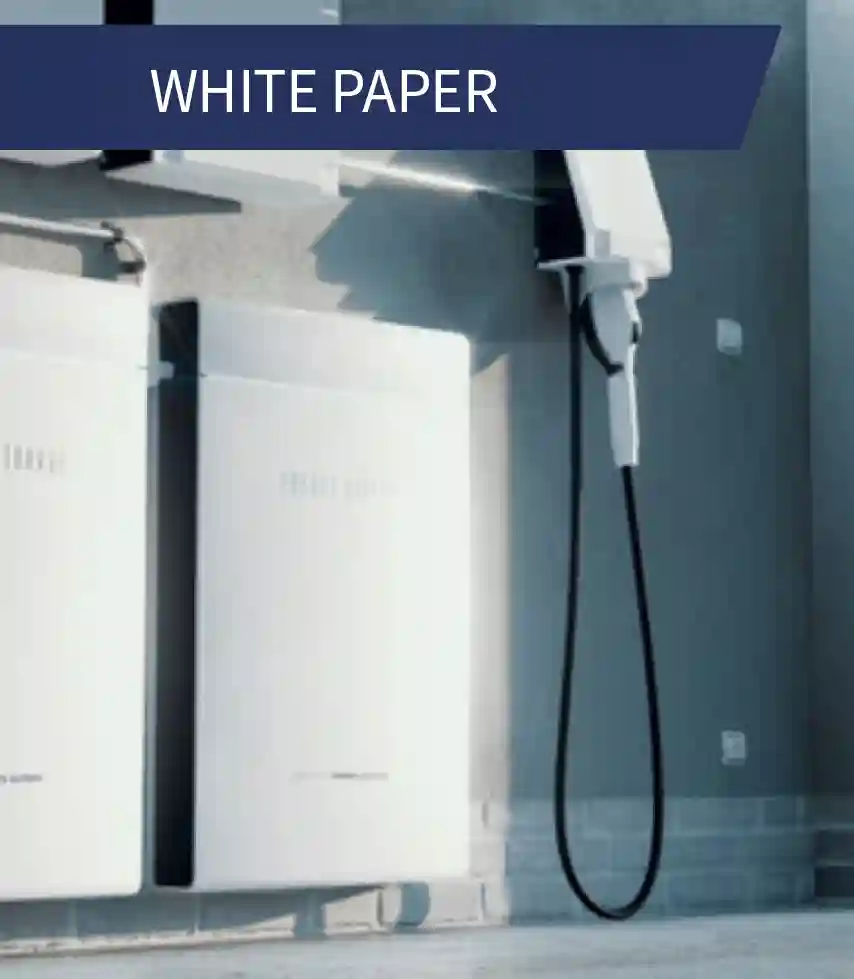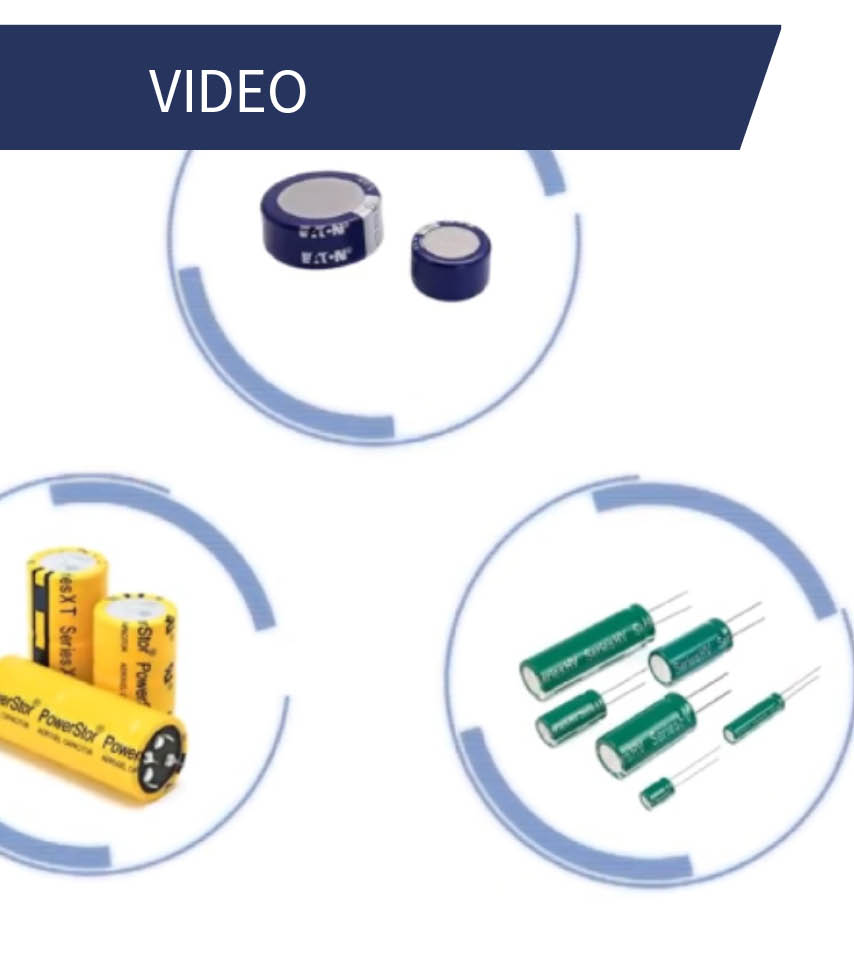Batteries are composed of electrodes, an anode, and a cathode, immersed in an electrolyte. When each electrode of the battery is brought into contact with the electrolyte, a certain electrode potential is developed. The difference in potential between the electrodes causes the current to flow and the subsequent power delivery to any connected electronics. In batteries, electric energy is stored indirectly as potentially available “chemical energy” that can be tapped into through a faradaic process, where the oxidation and reduction of the electrochemically reactive agents cause a transfer of charge between the electrodes and the electrolyte. All charge-transfer processes are governed by Faraday’s laws of electrolysis, where the amount of chemical change at the electrode-electrolyte interface is proportional to the current that flows through the interface.
Supercapacitors is a blanket term for electric double-layer capacitors (EDLCs), electrochemical capacitors, electrochemical supercapacitors, and ultracapacitors. While supercapacitors also leverage an electrolytic solution, they mainly accomplish the electrical “double layer,” where oppositely polarized ions are adsorbed at electrode surfaces separated only by Helmholtz layers. This molecular dielectric mimics a capacitor by storing charges
electrostatically. This fundamental difference in the inner workings of these two storage technologies leads to significant functional differences in performance.
This whitepaper outlines the key differences between supercapacitors and batteries in construction, specifications, capabilities, and applications.

Related Content

Eaton Supercapacitors for Marine Applications
Eaton’s supercapacitors contribute to the reduction of maritime emissions by allowing for increased electrification of key systems within marine vessels.

How to size a Supercapacitor
Learn how to use Eaton’s supercapacitor calculator to correctly size the right supercapacitor for your application.

Energy storage total cost of ownership comparisons in critical power applications
This white paper provides a discussion of the practical capital expenditure (CapEx) and OpEx outlooks for current VRLA, lithium-ion (Li-ion), flywheel and supercapacitor technologies with respect to UPS applications.